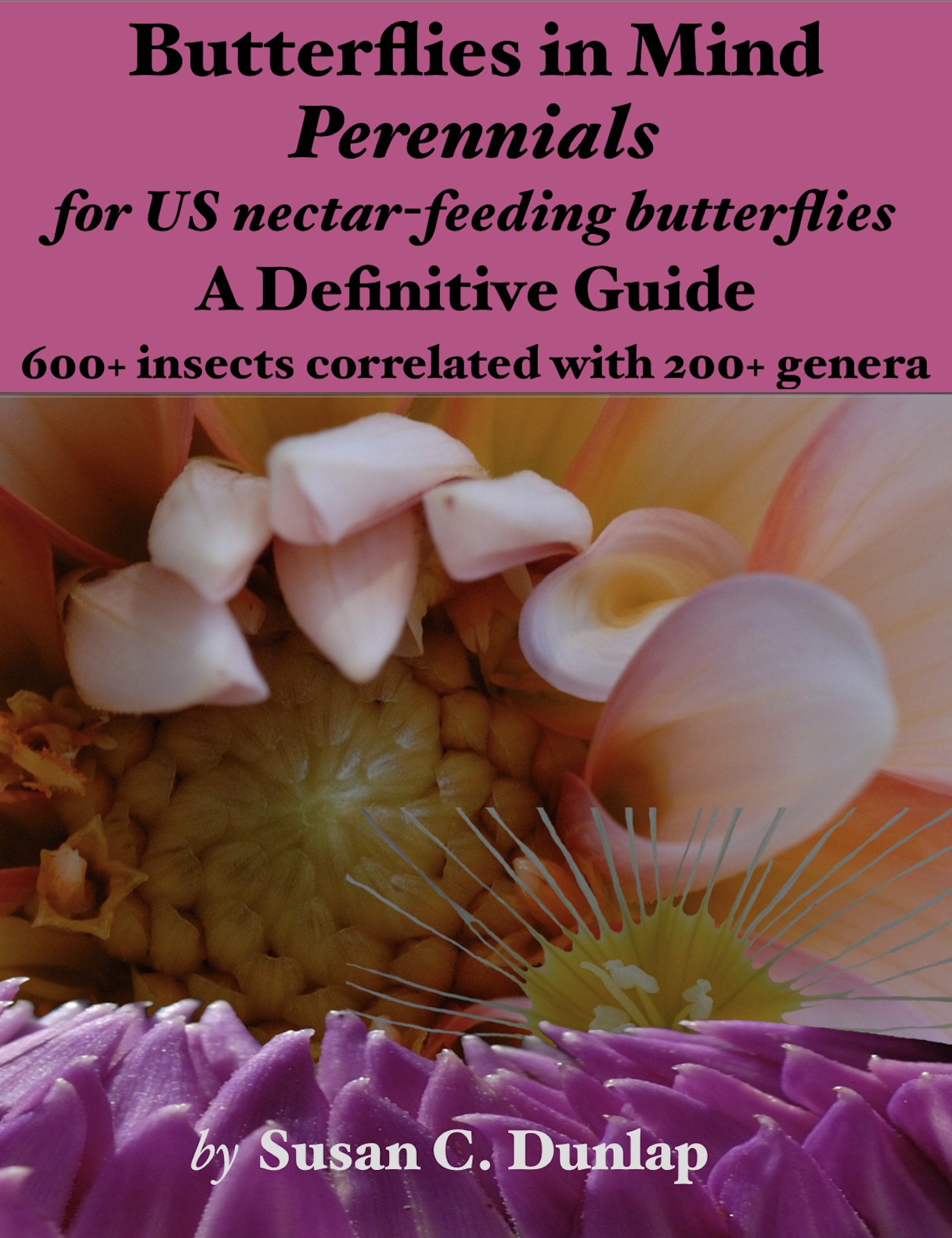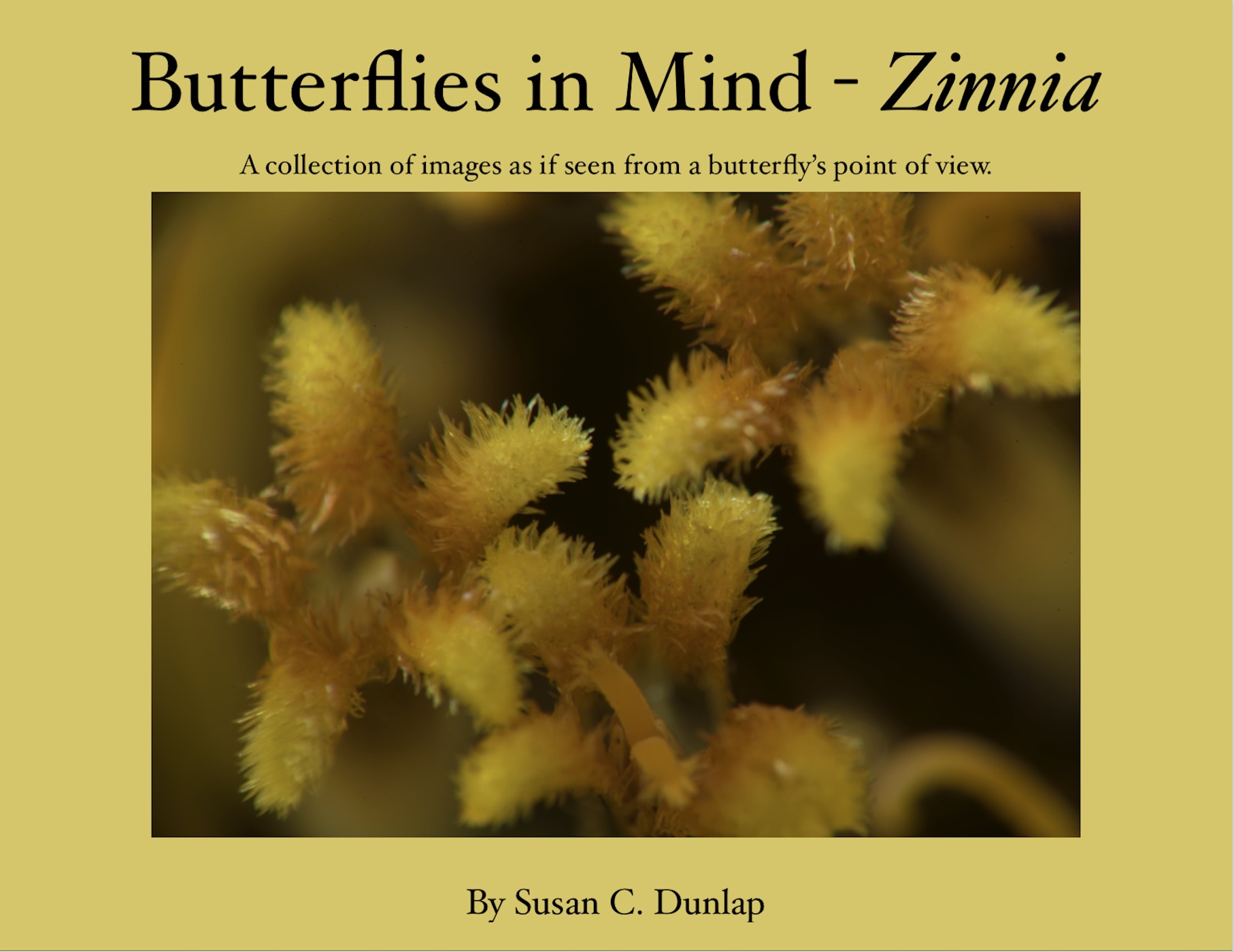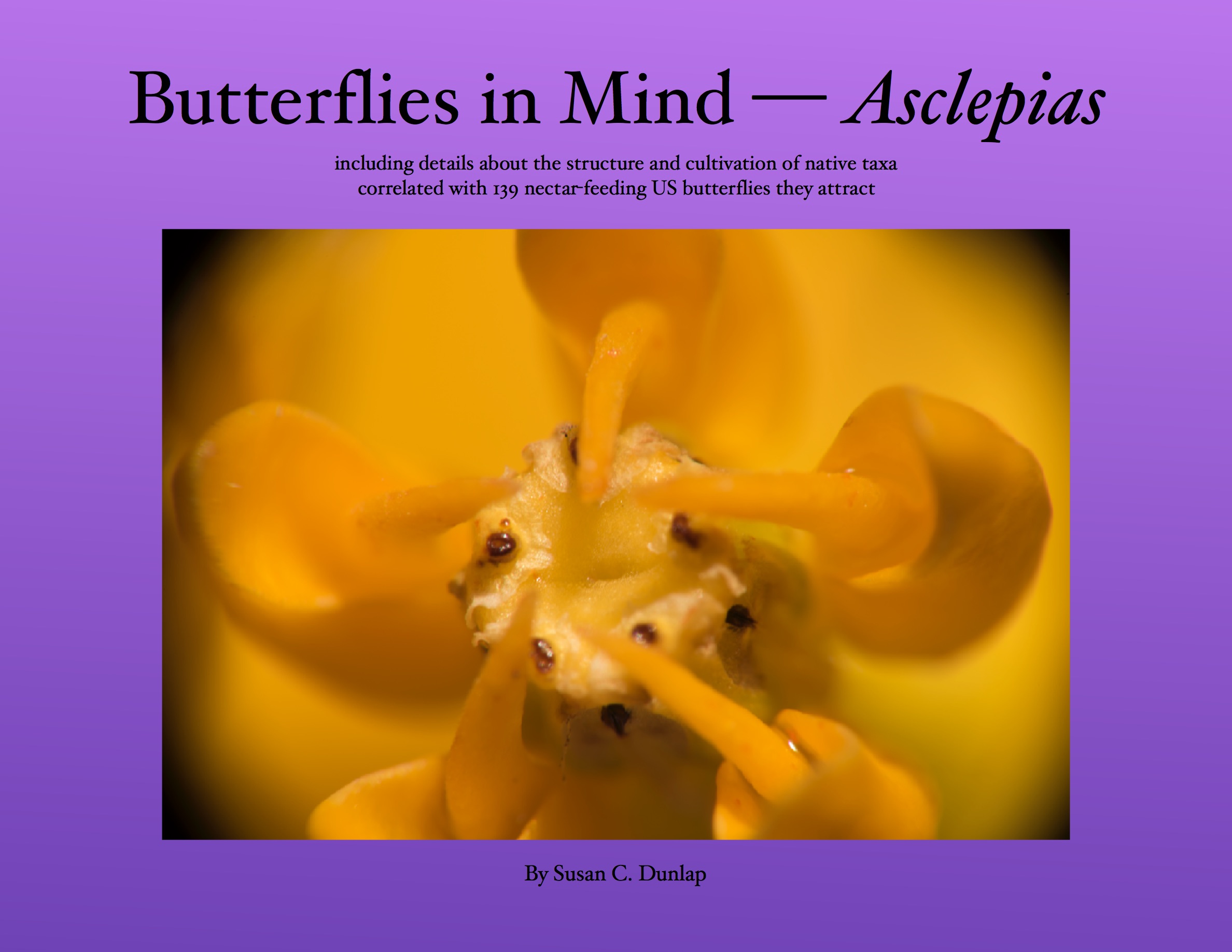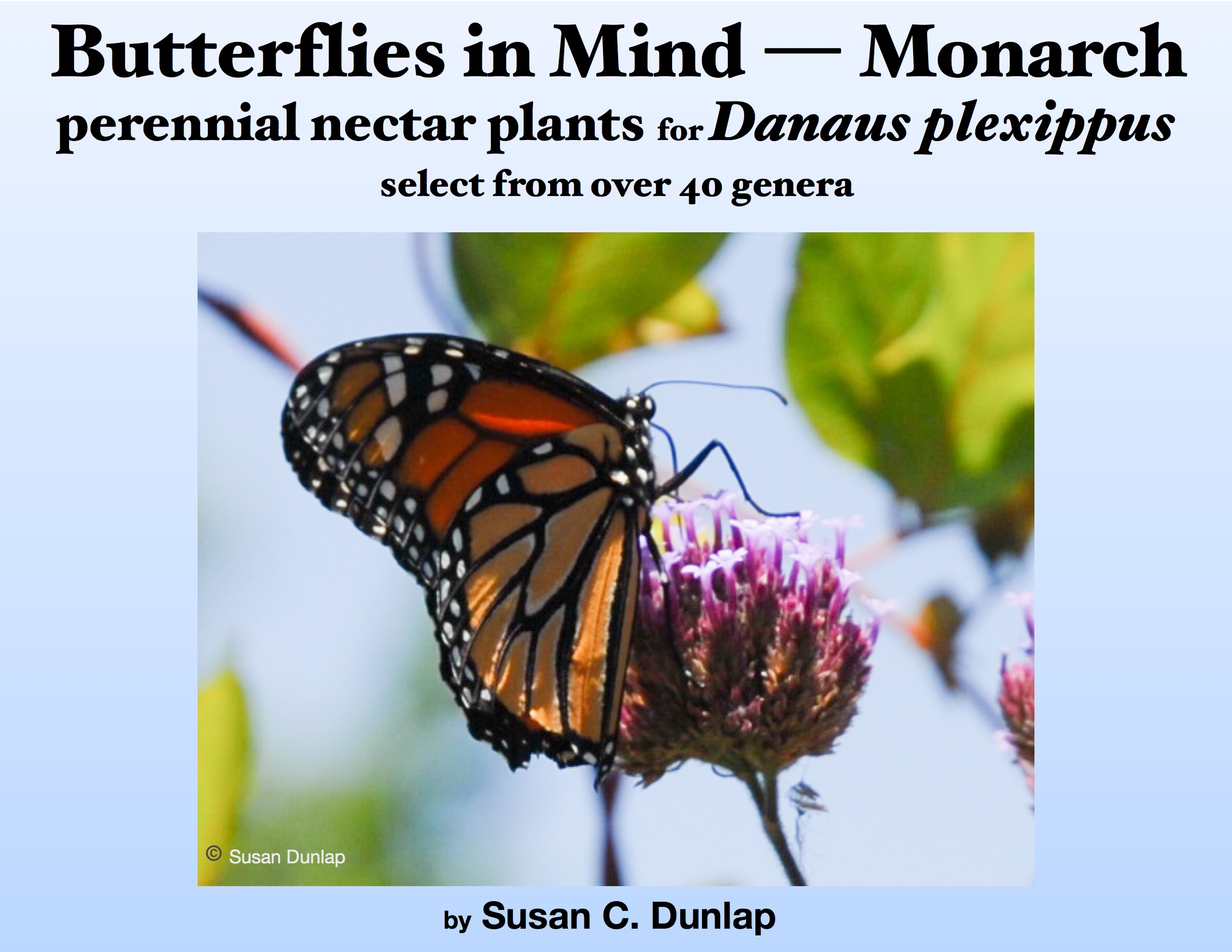Dianthus plumarius
Family: Caryophyllaceae
Common names: CARNATION, PINK
Native to: East Central Europe, Widely Naturalized
Sentiments: dianthus means make haste, pink means pure love
Plant
Type: perennial
Forms: clumping, erect, tufted
Leaves evergreen
Max height: 1.3 feet
Max width: 1.3 feet
Flower
pink, white/off white
Leaf
green
Horticulture
Attracts wildlife: adult butterfly, specific butterfly species
Plant features: evergreen
Exposure: sun
Landscape use: container
Propagates by: seed
flowers in summer
Soil type: well drained
USDA Zones: zone 4 -30 f, zone 5 to -20 f, zone 6 to -10 f, zone 7 to 0 f, zone 8 to +10 f, zone 9 to +20 f
Temp. range: -30 to +30 °F
Water: regular
Butterflies that feed on this plant
Dianthus, or PINKS, is a member of the Caryophyllaceae family. There are 442 species in the genus of which 8 are cultivated perennials – arenarius, barbatus, carthusianorum, caryophyllus, deltoids, gratianopolitanus, knappii, and pulmarius. There are also numerous cultivars available such as Telstar, Raspberry Swirl, Pixie Star, and Spangled Star. All require regular watering, grow 1-1 ½ feet tall, can be grown in containers, and variously thrive in Zones 3-10.
Dianthus attracts: Papilio rutulus, WESTERN TIGER SWALLOWTAIL
This plant can be grown in a container and will attract and feed adult butterflies. These plant can be found in every height range – from tiny to large – from less than a foot high to over 10 feet tall.
Our database of nectar plants for all US butterflies contains over 10,000 entries. The top five nectar plants -- Cirsium, Lantana, Asclepias, Salvia, and Verbena -- will appeal to 90% of all US butterflies. Pick from these if you want to provide nectar for your local butterflies.
Once you start with these, you can add from another 630 genera in 110 plant families to attract more insects to your garden.
By far the most import butterfly nectar plant family is Asteraceae. If you grow plants in from this family, butterflies will find your garden.











